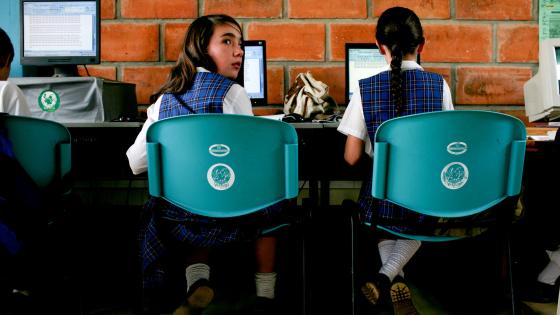DP3059 Cheap Children and the Persistence of Poverty
This Paper develops a theory of fertility and child educational choice that offers an explanation for the persistence of poverty within and across countries. The joint determination of the quality (education) and quantity of children in the household is studied under the key assumption that individuals' productivity as teachers increases with their own human capital. As a result, the poor choose high fertility rates with low education investment and therefore, their offspring are poor as well. Furthermore, the high fertility rates in poor economies dilute physical capital accumulation and amplify the effect of child quality choice on economic growth. The model generates multiple steady states even though the technologies employed in the production of human capital and output are convex and preferences are convex and homothetic.

